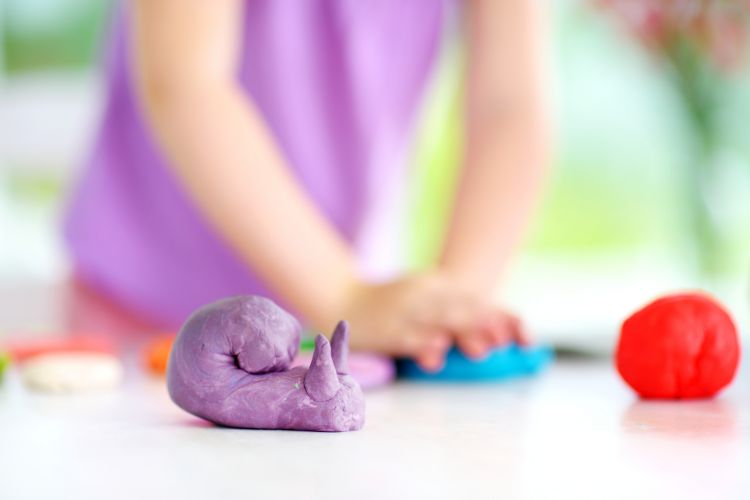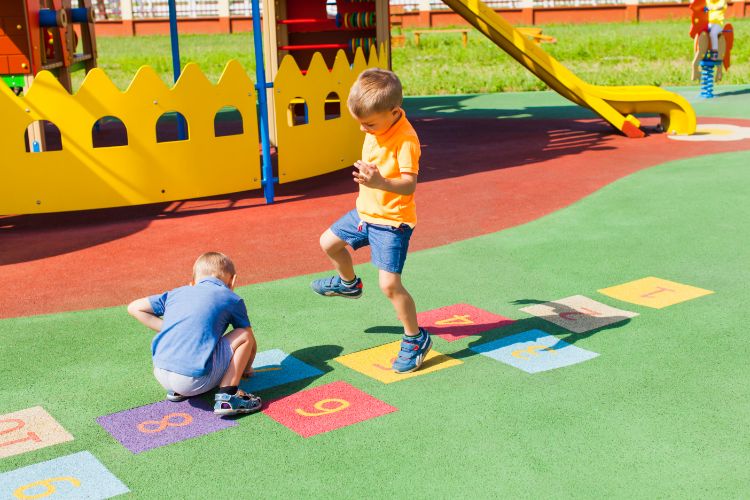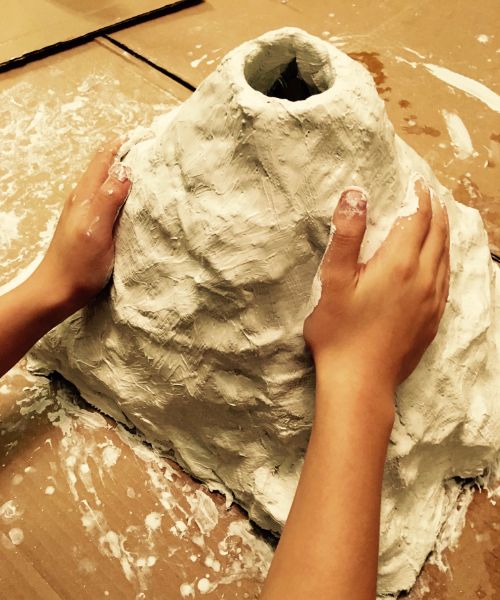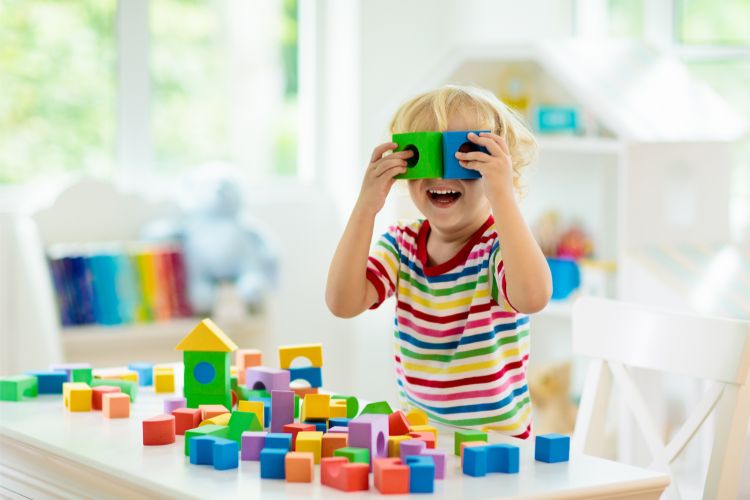Does your child struggle to sit still, always fidgeting or tapping? Do they learn best by doing, rather than just listening or reading? If so, they might be a kinesthetic learner! Kinesthetic learning in kids involves a unique way of processing information – through movement, hands-on activities, and active exploration. Want to help your active learner thrive? Let’s discover the power of kinesthetic learning: how to recognize it and the best ways to support them at home and in the classroom.
What is Kinesthetic Learning?

Kinesthetic learners, also called tactile learners, thrive on “doing.” They grasp concepts best by physically interacting with materials, experimenting, and learning through trial and error. Unlike visual or auditory learners, sitting still and absorbing information through lectures or books can be a real challenge.
Signs Your Child Might Be a Kinesthetic Learner
How can you tell if your child has a kinesthetic learning style? Here are some common traits:
- High Energy Levels: They find it hard to sit still for prolonged periods.
- Fidgeting and Movement: They often tap their feet, play with objects, or need frequent breaks.
- Hands-On Preference: They love building, creating, and taking things apart.
- Excel at Sports or Dance: They demonstrate strong physical coordination.
- Difficulty with Traditional Instruction: Lectures, worksheets, or lengthy reading can lead to frustration.
- Strong Spatial Awareness: They have a good sense of direction and understand how things fit together.
Supporting Kinesthetic Learners at Home
Parenting a kinesthetic learner is an exciting adventure! Here’s how to make learning fun and engaging:
- Embrace Movement: Turn learning into a game with activities like hopscotch spelling or building sight word towers.
- Learning Through Play: Incorporate physical activity into everyday learning – count bouncing balls, do jumping jacks between math problems, or act out stories.
- Build, Create, Experiment: Provide hands-on materials like playdough, blocks, or science kits.
- Get Outdoors: Explore nature, visit a playground, or go for walks to learn about the environment.
- Make Chores Fun: Turn cleaning into a dance party or sorting laundry into a color-matching game.
Kinesthetic Learning in the Classroom
Teachers play a crucial role in supporting kinesthetic learners. Here are some effective strategies:
- Movement Breaks: Schedule brief moments for stretching, jumping, or simple exercises throughout the day.
- Hands-On Activities: Use manipulatives for math, build models for science, or role-play historical events.
- Flexible Seating: Allow options like standing desks, wobble cushions, or floor seating.
- Project-Based Learning: Design projects that involve hands-on creation and experimentation.
- Kinesthetic Study Tools: Encourage flashcards, acting out vocabulary words, or drawing summaries.
Helpful Hint:
Collaborate with your child’s teacher! Discuss their learning preferences and share successful strategies from home.

Kinesthetic Learning in Kids Across Ages

Early Childhood (Ages 5-7):
- Sensory Play: Engage their senses with activities like finger painting, building sandcastles, or playing with textured materials.
- Movement Songs and Rhymes: Incorporate action songs and rhythmic play for learning letters, numbers, and basic concepts.
- Drama and Role-playing: Act out stories, create plays, or use puppets to reinforce vocabulary and social skills.
Middle Childhood (Ages 8-12):
- Physical Education Integration: Connect academic content to physical activities. For example, act out the movement of planets in science or use jump rope rhymes for memorization.
- Group Projects: Encourage collaborative learning projects that involve building models, creating presentations, or role-playing scenarios.
- Field Trips and Experiments: Make learning come alive with hands-on experiences like museum visits, nature hikes, or science experiments that involve building or creating something.
Adolescence (Ages 13-18):
- Kinesthetic Study Techniques: Encourage active learning strategies like using flashcards while pacing, drawing mind maps, or building models to represent complex concepts.
- Career Exploration with Movement: Explore careers that involve physical activity, like kinesiology, physical therapy, or construction. Encourage volunteering or internships that provide hands-on experiences.
- Debate and Role-playing: Engage in class discussions through debates, simulations, or role-playing activities.
Kinesthetic Learning in Kids Across Subjects
The beauty of kinesthetic learning is its versatility. Here’s how to incorporate movement and hands-on activities into various subjects:
- Math: Use manipulatives for counting and math operations. Play educational math games that involve movement or competition. Measure objects in the real world, estimate distances, or create patterns with blocks.
- Science: Conduct experiments that involve building models, creating simulations, or participating in field trips. Use manipulatives to represent molecules or the solar system. Act out scientific processes or historical events.
- Language Arts: Practice spelling through kinesthetic activities like writing words in sand or tracing letters with their bodies. Dramatize scenes from plays, create presentations with movement, or use charades to learn vocabulary.
- Social Studies: Build timelines with physical objects, reenact historical events, or role-play social and political situations. Explore different cultures through dance, music, and traditional games.
Remember: The key is to be creative and find ways to connect learning with movement and physical interaction.

FAQs
Wrapping Up
Kinesthetic learners possess a unique gift – they learn best by doing, touching, and experiencing. By understanding kinesthetic learning in kids, we can tailor their education to their strengths. Remember, movement breaks, hands-on activities, and an element of play can transform the learning process for these active learners.
If you have a kinesthetic learner at home or in your classroom, the possibilities are endless. Turn learning into an adventure and watch as they discover the joy in acquiring knowledge and reaching their full potential. Let’s continue to champion kinesthetic learning strategies, celebrating the diverse ways our children learn and grow!
